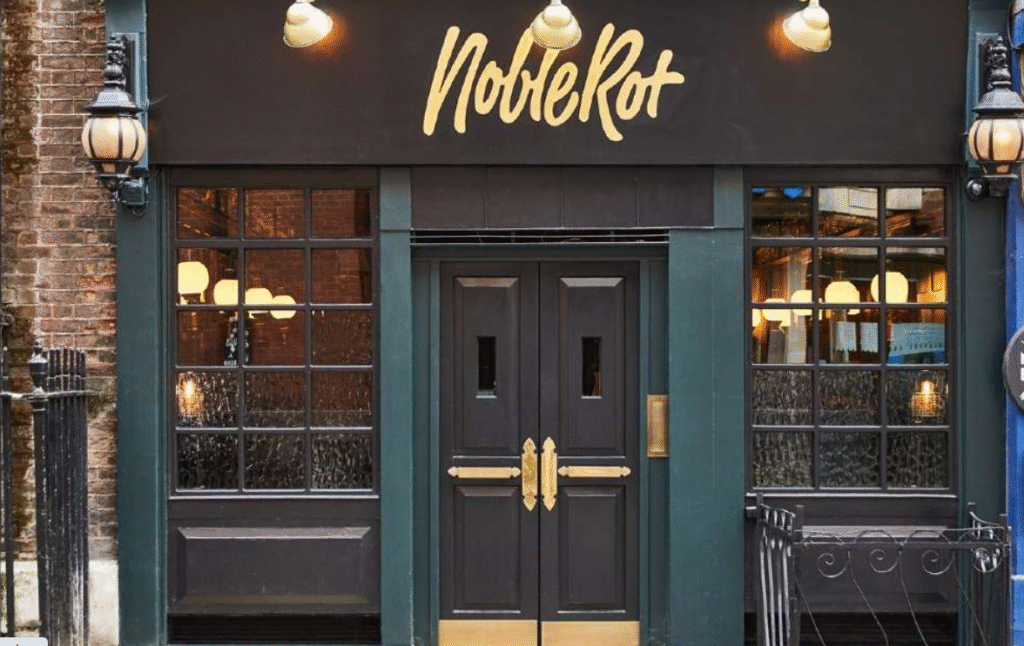Good things come in small glasses
While enjoying a beer in the Horse & Groom in Belgravia, another male customer walked in and ordered a bottle of 4.5% lager while his female partner went for a 250ml glass of wine. The exercise was repeated for the next round, with the result that he had consumed a modest three units of alcohol while she had downed a hefty 6.5 units. I’ve seen a similar occurrence occur on other occasions.
The upshot is that she has consumed almost half the weekly recommended consumption of alcohol for women. Although I believe these maximum unit allowances are a blunt instrument and largely meaningless because there are so many other mitigating factors at play when drinking alcohol, I’ve long since thought the 250ml pour is an obscene amount.
I’m therefore hoping we will see something of a move away from these monster pours towards smaller measures. This would take us back to historical norms, when glasses were significantly smaller and so the measures poured into them were reduced accordingly. The beer glasses my grandmother would bring out for family gatherings now look incredibly tiny. We occasionally bring them out, but they are almost comically small for drinking beer – for anything other than high strength brews.
Third-of-a-pints are now my go-to measure for stronger beers at my local, the Great Northern Railway Tavern. Once a beer is in the 8% territory, then I tend to drink them as a third-pint chaser alongside a two-thirds pour of a session strength beer around 4%.
A burgeoning trend for focusing more on smaller pours in wine is being led by some of the country’s smarter restaurants – with virtually all the top Michelin restaurants offering just the 125ml pour (along with bottles and half bottles, of course). At the Noble Rot restaurants and bars, they will also pour 75ml taster pours, of which I’m a great fan.
Although the brand restaurants currently focus on the larger 175ml and 250ml pours, maybe we will see them follow their smart cousins, because the upside of the smaller pours is the greater profit margin achievable. Six 125ml glasses can command a greater overall price than for a 750ml bottle.
A rather novel approach to wine measures is being taken by the Josephine restaurants in London, which serve the house wine “au metre”. Apparently, it is commonplace in France, but this is a first in the UK, according to the waiter during my recent dinner at the new Marylebone branch. A large-sized bottle was brought to our table, and at the end of the meal, the waiter placed a ruler against it to indicate the number of glasses we’d consumed.
No doubt this system is to tempt you into having a tad more than you intended, but personally, I found it can equally achieve the opposite. It gives the customer control of their consumption – provided you deter the waiter from invariably wanting to top-up the glasses at every opportunity.
The one flaw in the system though is that the ruler scale is calibrated by the glass, so there is the potential for disagreement if the waiter rounds it up a glass rather than down in the diners’ favour. At the end of our meal, they rounded it up on the bill until I requested that they rounded it down.
This shrinking-drinking phenomenon is also being played out in some of the more fashionable cocktail bars, including Manchester’s Blinker Bar, which has mini margaritas, snaquiris (mini daiquiris) and tiny negronis for £5, and OMA in Borough Market, which has mini negronis and clementine gimlets for £5.50. They are among a band of inventive bars increasingly playing around with miniature cocktails. These smaller creations lend themselves well to tasting menus of drinks. At The Bar With Shapes for a Name in east London, they have been offering three varieties of small-scale martinis, and other such experimental flights are planned.
Since smaller pours win out on so many fronts – for both consumers and operators – I’m very much hoping we’ll see them become a widespread feature across the whole hospitality landscape. And with it, we’ll hopefully see a lot less of those horrendously over-sized 250ml pours. We’ll all be better for it.
Glynn Davis, editor of Retail Insider
This piece was originally published on Propel Info where Glynn Davis writes a regular Friday opinion piece. Beer Insider would like to thank Propel for allowing the reproduction of this column.


